Using an Interdisciplinary Theatre Approach
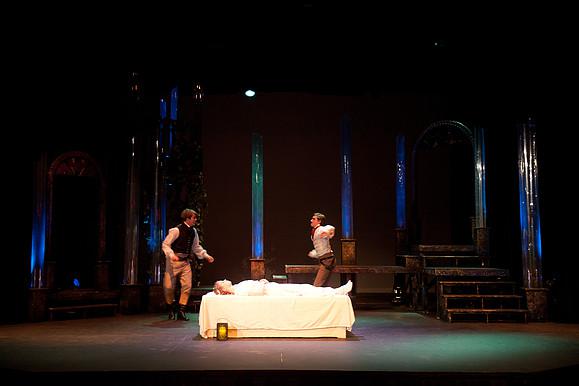
It is easy to think of the theatre world as a bubble, and in some ways it is. It is an art form that is not always easily accessible for audiences and can be a once-in-a-lifetime experience. But the practice of creating a theatrical experience transcends the borders of the performing arts and delves into science, math, and history to create a narrative. More and more, it seems like theatre artists are taking an interdisciplinary approach to their craft, which yields a more textured artistic vision. By wearing more than one hat, theatre makers take more creative control and open the door to a wider array of possibilities.
An interdisciplinary approach to theatre is not a new concept. Before the nineteenth century, if you worked as a theatre professional, you were also doing something else—from Aphra Behn’s days as a spy to American playwright William Dunlap writing the first encyclopedia of American arts. Before I headed to graduate school to study history, I was a multidisciplinary theatremaker. Due to the small size of my undergraduate program at Wheaton College in Norton, Massachusetts, I was stage managing, working in the shop, sometimes designing, and sometimes acting as unofficial dramaturg—whatever it took to make the production possible. As I headed into the professional world, I became a stage manager/box office representative, throwing off the classroom to work at the two jobs I held throughout my education. When I headed back to academia to get my Master's degree in History, I assumed (incorrectly) that my theatre life was behind me.
But theatre doesn't let go, and in fact lends itself to a cross-section of disciplines. When you do theatre, you are always doing more than one task and using more than one way of thinking.
From my own personal experience, working as a theatre professional has allowed me to be a better historian. I ask different questions and think in a different mindset. For example, I went to a local museum, and one of the first things I noticed was that the lighting fixtures that were showcasing the objects on display were focused incorrectly. As a historian, that frustrates me because it makes the object more difficult to see, but as someone who used to hang and focus lights regularly, it struck me that the technical work and presentation is just as important as what is on display, a lesson I have learned again and again in my theatre work.
Theatre is an incredible tool, a discipline that forces its makers to think outside of the box to tell a story and step beyond the world of “performing arts” to make the action happen.
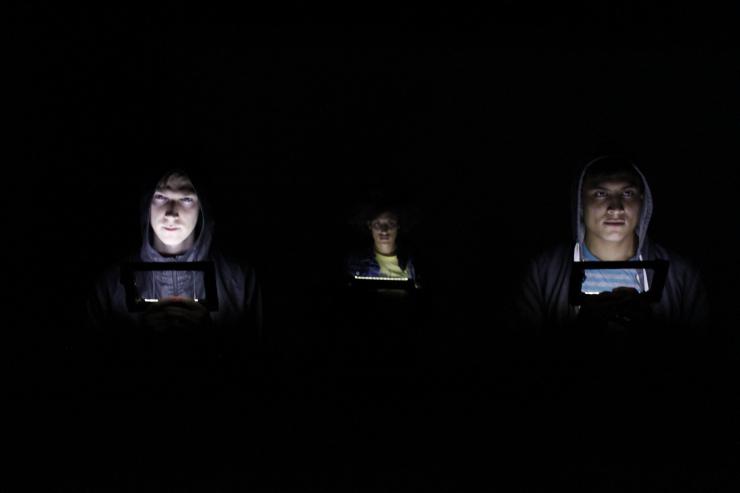
This is not just limited to my own personal experience. For example, I met my friend Todd Brian Backus at Portland Stage Company in Maine, where we both worked under Artistic and Executive Director Anita Stewart, who wears about as many creative hats as one can. Todd now works as a graphic designer in New York City, and runs PowerOut, a theatre company he helped to found where he acts as a playwright/director/graphic designer. He and I were on the phone last year while he was working on a play he was directing for his company. As we talked, I heard a lot of noise from his end. When I asked what was going on, he proceeded to tell me about the props he was making as we talked: three tablets that would project light onto the actor’s faces for his play about technology and gaming. He couldn’t afford three iPads, and had decided to jerry-rig something that would suit his needs. Though not a props designer by trade, those tablets went on to be one of the most commented upon aspects of the production.
Theatre artists have to function as interdisciplinary beings. The skills that they use are too varied to fit into one category, and it is, I would argue, one of the few academic disciplines to require its students to understand and excel at a variety of different tasks. Much has been made about Lin-Manuel Miranda and the stellar rise of Hamilton, a musical that has transcended the borders of theatrical news and made its way onto the national stage. A rap musical about Alexander Hamilton perfectly displays the importance of an interdisciplinary approach and how theatre can provide a different narrative structure that tells the same story as an 800-page biography. The time that could be spent reading a tome like that is instead tidily wrapped up in two and a half hours where historical accuracy is held in the same regard as dramatic tension, and traditional musical theatre forms mix with pop, rap, and hip hop to make an American musical that tells the story of a historical figure forgotten by most, except for his presence on the $10 bill. Lin-Manuel Miranda is a composer and an actor, but for Hamilton, he also becomes a historian, straddling the disciplines to create a musical that reflects a multitude of histories and areas of study.
Theatre is an incredible tool, a discipline that forces its makers to think outside of the box to tell a story and step beyond the world of “performing arts” to make the action happen. The interdisciplinary approach that theatre takes to create a work of art changed how I work and think, and has made me a better historian. There are few disciplines that allow for as much freedom of structure and thought as theatre does, and this multilayered interdisciplinary approach is what makes it so vital.

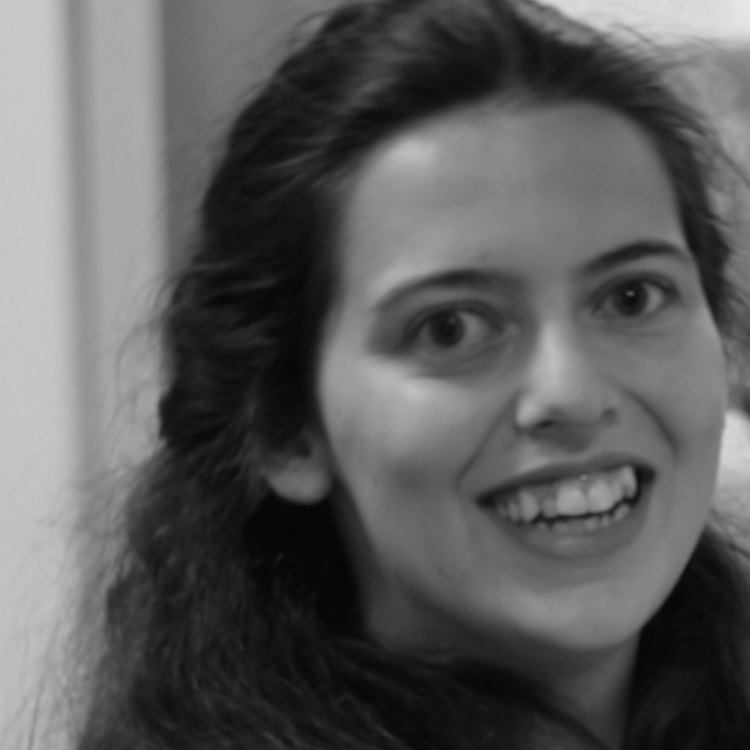
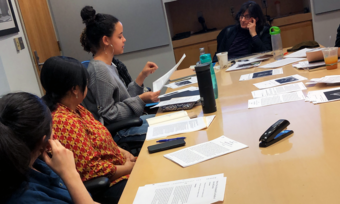


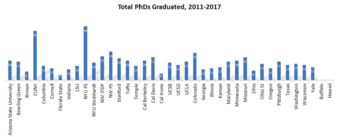




Comments
The article is just the start of the conversation—we want to know what you think about this subject, too! HowlRound is a space for knowledge-sharing, and we welcome spirited, thoughtful, and on-topic dialogue. Find our full comments policy here